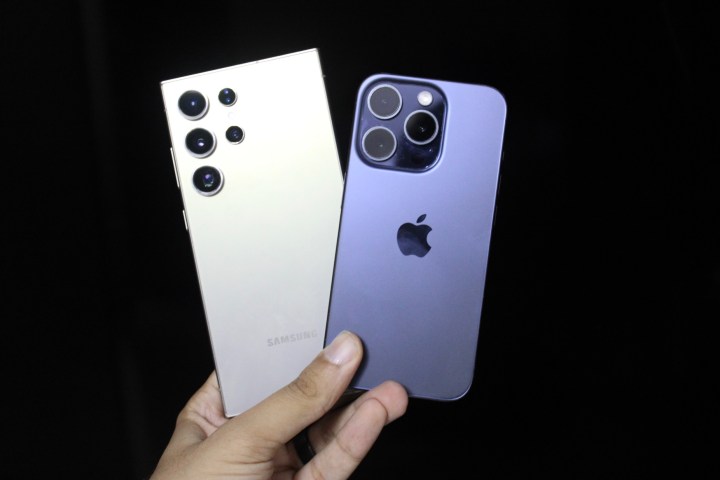
Switching phones is never a smooth process, even if you’re switching between two different Android phones. However, when you’re trying to switch from an iPhone to Android or vice versa, it can be extra complicated — and you can lose data and apps that you rely on. This is especially the case with Apple-to-Android transfers because the iPhone has a much stronger ecosystem lock-in with things like iMessage, iCloud backups, and exclusive apps like Overcast and Hyperlapse.
The good news is that with its Data Transfer Tool (also called Pixel Migrate on Pixel devices), Google may be trying to mitigate some of the phone-switching problems that arise — specifically, losing access to your Live Photos. According to an APK teardown from Android Authority, Google’s Data Transfer Tool will finally resolve the problem of migrating iOS Live Photos to Android. It will do this by converting them over as Motion Photos.
For those unfamiliar, Live Photos are essentially short clips taken before and after you snap a photo on your iPhone, adding motion effects to a still image. Once captured, they can be turned into a video or GIF or have effects applied to them. The Android equivalent to this is Motion Photos.

Right now, Google has a partial way of transferring Live Photos by letting you back up to Google Photos and displaying them as Motion Photos. This depends on having enough free storage in your Google account. By default, it’s 15GB of free storage with Google One, which is unlikely to be enough for someone with lots of photos and videos collected over years, so most users will need to pay for a higher-tier subscription if they want to bring everything over.
Google’s plan going forward is to have Live Photos automatically converted to Motion Photos during the transfer process. It will do this without the intermediary step of backing up to Google Photos, so in theory, it shouldn’t require any cloud storage, just on-device storage. That said, it’s still not the worst idea to buy yourself an extra storage tier on Google One since even a few years of email and Google Docs will fill up your space, let alone using Google Photos for backups.
It’s not confirmed if the feature is live yet in the current build or when we can expect to get it, but it doesn’t sound like a huge change on the software end, so we wouldn’t be surprised if it rolled out sooner rather than later.



